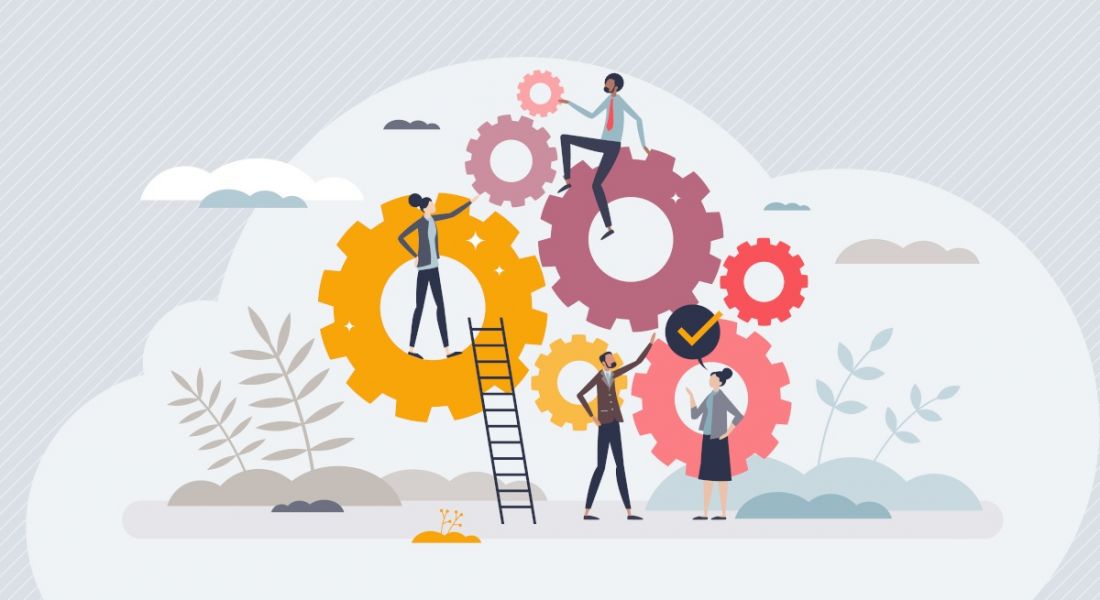BrightHR’s Ramsey Aburaneh discusses the best practices to ensure that businesses maintain a sustainable workforce.
Sustainable workforce planning is one of my favourite topics. It involves creating and implementing strategies to make sure a business has the talent it needs to thrive long term.
This process can’t be ignored as it helps businesses have the right people in the right roles at the right time. In short, it’s critical for achieving long-term success in a rapidly changing business environment.
As businesses prepare for the future, it’s important to identify key skills and competencies needed for a sustainable workforce. You can do this by:
- Collecting data on the current talent and skill levels of your employees.
- Forecasting future talent needs based on your business objectives.
- Engaging in job mapping exercises to identify the specific skills and competencies needed for different roles in the business.
All of this can seem overwhelming, but you don’t have to do this alone. It’ll help to involve key stakeholders in this process to be sure you’re considering everyone’s needs and perspectives.
Think of it as a team-building exercise with longer-lasting benefits!
Three best practices for sustainable workforce planning
1. Promote diversity and inclusion: Incorporate diversity practices into the company culture, raise awareness through training, build diverse talent pipelines, and address unconscious biases in hiring and promotions.
2. Make the most of employee groups and internal communication: Create opportunities for under-represented groups to move up in the business through employee resource groups and internal communication channels.
3. Set up solid succession planning: Identify important roles, determine required skills and competencies, spot employees with potential and train them for future leadership positions.
These tips can guide sustainable workforce planning efforts and promote an inclusive and thriving work environment.
How to leverage employee training and wellbeing
As the last point implies, training employees can be critical in building a sustainable workforce.
Investing in your employees’ development not only equips them for future roles but also fosters a culture of continuous learning.
It’s best to match your employee training with the company’s goals and what your staff members want for their careers – a win-win for everyone.
Businesses can also promote employee wellbeing for a more sustainable workforce by offering flexible work arrangements, mental health support, and promoting work-life balance – these are all ways to make your workforce more sustainable.
Plus, they make great additions to your benefits packages that your team will appreciate.
Don’t forget to measure the success of your initiatives
You shouldn’t just implement these strategies and call it a day.
Measuring the success of your efforts by tracking key metrics like employee turnover, workforce diversity, employee engagement, and skills development is also essential.
Gather feedback from employees and stakeholders to understand the impact of these initiatives and look for areas that could use some improvement. You can use these data-driven insights to keep improving your strategies over time.
The goal here is continuous improvement; you can’t improve what you don’t measure.
Emerging technologies could shape sustainable workforce planning strategies
Here’s the exciting part, emerging technologies are undoubtedly crucial in sustainable workforce planning.
In today’s digital age, technology can equip businesses with powerful tools to help streamline workforce planning.
It also makes people management less complex, which is highly beneficial as we face a global talent shortage.
Having an end-to-end software system has endless benefits. This system helps streamline recruitment processes, limit errors, and support staff members at every stage of their journey with your business. This’ll make attracting and hiring top talent easier.
Tech can also help manage employee development and training programs, ensuring staff are equipped with the necessary skills for future roles.
Sustainable workforce planning is the secret to sustainable business models
To succeed with sustainable workforce planning you must embrace diversity, foster a learning culture, prioritise employee wellness, and leverage technology.
That’s one way to secure your company’s long-term health.
By implementing these strategies and regularly assessing progress, you’re setting your business up to not just adapt but thrive in an ever-changing environment.
Ramsey Aburaneh is the head of digital growth at BrightHR in Canada. A version of this article was previously published on the BrightHR blog.
10 things you need to know direct to your inbox every weekday. Sign up for the Daily Brief, Silicon Republic’s digest of essential sci-tech news.




